Lupine: description and varieties, planting and care

Today, a huge variety of plants are grown as ornamental crops in the garden. Among this variety, lupins should be distinguished, characterized by a large number of species and varieties.
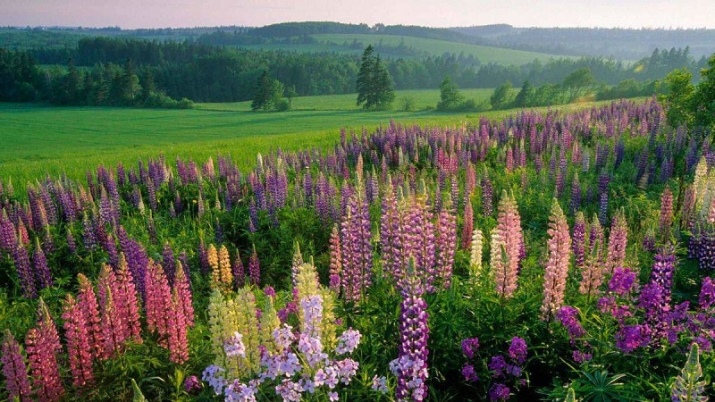
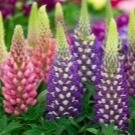
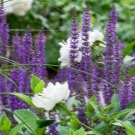

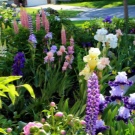
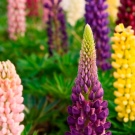
What it is?
The legume family includes the flowering grasses of lupins, which naturally grow in America, and can also be found in northern Africa and the Mediterranean coast. Flowering grasses prefer to grow on sandy or rocky hills. In gardening and landscape design, culture is used very often, however, some features of the plant negatively affect the demand for culture. In particular, this concerns the ability of flowering grass to independently increase the number on the site, in light of which, in the open field, plantings of lupins require special control.
However, the plants are an excellent green manure, in addition, the culture is actively used in folk medicine and as a fodder plant for animals.
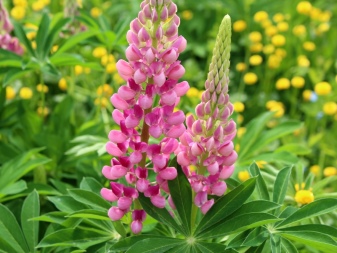

According to the description, lupins can be annual and perennial. The name of the flowers is translated as "wolf" or "wolf bean". A notable feature of plants is their height - in some species, the length of the shoots can be 100-150 centimeters. The size of the underground part of the plants will be no less remarkable - the root stem in adult crops can go 150-200 centimeters deep. The stem consists of nubs and tubers of various shapes and sizes. It is also worth noting the fact that the lupine root contains nitrogen-fixing bacteria necessary for the proper development of the culture.
The shoots of the plant will be erect and well-branched, so that lupins, with proper planting and proper care, can form an attractive and flowering bush, about one meter high. On the shoots in the lower part, leaves with an unusual palmate structure are formed. The green mass develops on petioles, stipules grow next to the stem of the culture, which outwardly will look like a green pillow. The leaf plate of the green mass of lupine has a monochromatic bright green color.
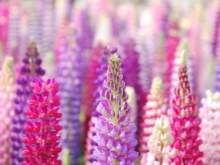

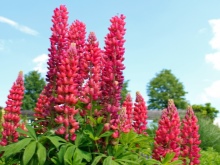
At the top of a perennial or annual, the most attractive part of the flower develops - a long brush containing whorls that can be painted in different shades and colors. They are located on small pedicels. The corolla of flowers has a sail-like shape, it can be painted in shades of blue, purple or pink. Today, breeders have bred hybrid varieties of plants that can have inflorescences with multi-colored petals, such a culture in the garden when planting in a group looks very impressive and attractive.
Lupins need pollination, insects play this role. At the end of the process, fruits are formed on the crops. They are small leathery beans that are flattened on both sides. Fruit color can be brown or cream. Inside the leathery shell, there will be oblong seeds, which can have a different color depending on belonging to a particular species, hybrid variety.
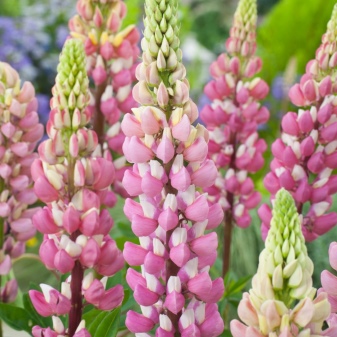
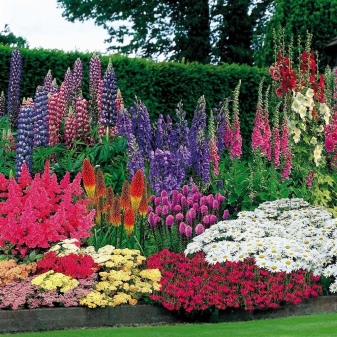
Types and varieties
According to the accepted classification, the genus today includes two subgenus:
- Platycarpos;
- Lupinus.
Also, the plant is represented by a large number of species, of which, according to some estimates, more than 6 hundred. Most of the representatives of the culture are unsuitable for decorative cultivation, therefore, it is found only in the natural environment. However, for planting in flower beds and in private gardens, many species have been cultivated today, and many hybrid varieties of lupins have been bred.
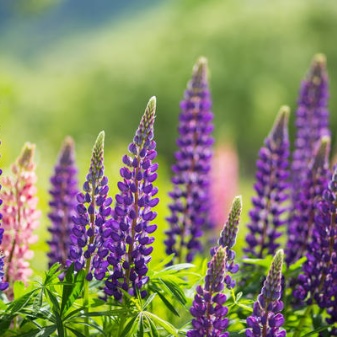
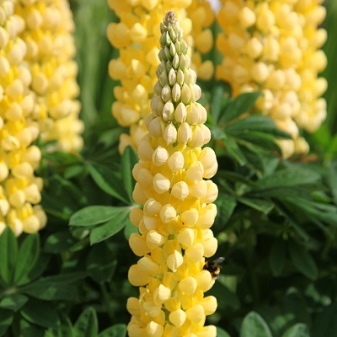
Lupine multifoliate
This type of culture is a perennial that is found in the wild in North America. The plant is remarkably high in resistance to negative temperatures, so lupine is recommended for cultivation in regions with moderate climatic conditions. The height of an adult plant can vary between 80-120 centimeters. The green mass develops on long petioles. On the reverse side, there is a pile on the leaves. Lupine inflorescences reach a height of 30-35 centimeters, the flowering phase falls in June. The color of the perennial petals will be blue-violet, the flowers themselves are notable for their small size, as well as the absence of any aromas.
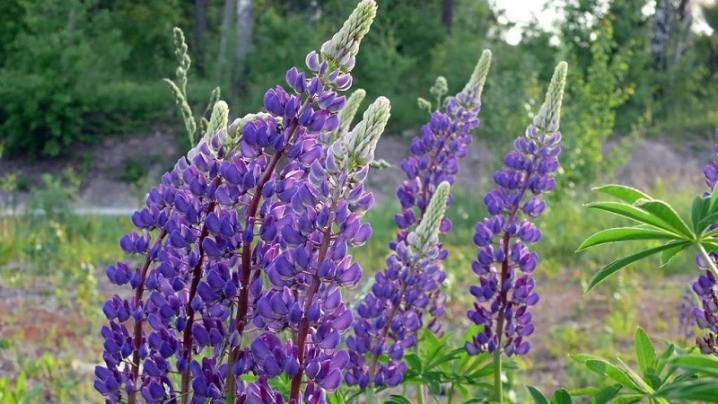
Lupine angustifolia
The view can reach a height of 1.5 meters. The stems of the culture are erect with slight pubescence. The green mass develops on the flower in minimal quantities with a short pile on the reverse side; the plate divides up to the junction with the petiole. The lupine inflorescence has a racemose shape. The petals can be white, blue, pink or purple.
As a rule, blue veins are visually visible on the flowers. In light of this peculiarity, the variety is sometimes referred to as "blue lupine".
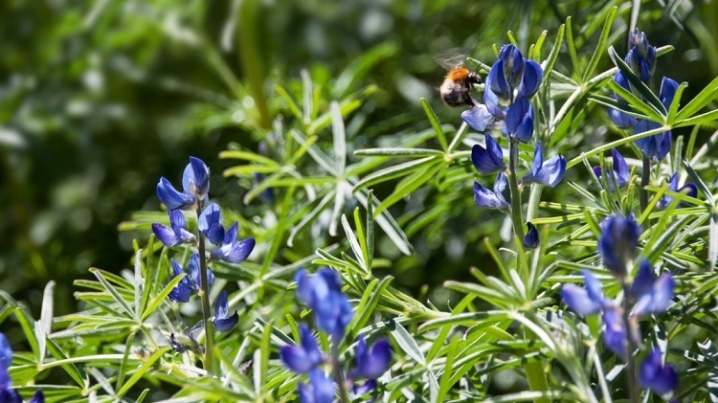
Lupine white
This species, after planting in the open field, forms a beautiful flowering shrub, the height of which can be 140-150 centimeters. Shoots have a branched structure, covered with a serrate-shaped green mass. At the edges of the sheets, silvery "cilia" are usually formed. The inflorescences have a snow-white color interspersed with pink and blue hues. The development of flowers occurs in a spiral.
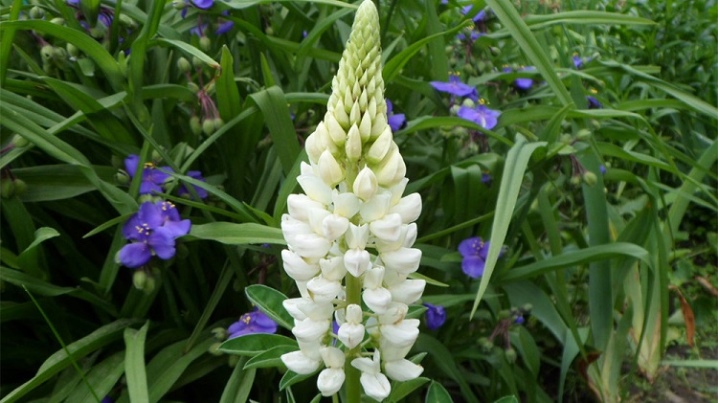
Lupine Russell
An extensive variety group, which was bred at the beginning of the last century by the famous breeder J. Russell, after whom these crops were named. The inflorescences in representatives of this group are remarkable due to their size - as a rule, they reach 40-50 centimeters in length, in addition, in the flowering phase, lupines exude an attractive floral aroma. Among the most popular varieties are:
- "Yellow Flame";
- "White Flame";
- "Minaret";
- "Fireworks".
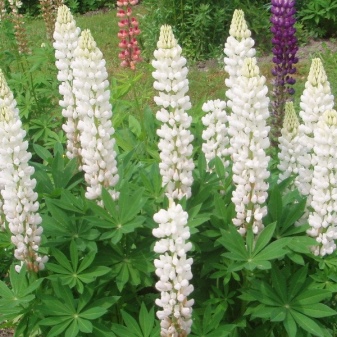
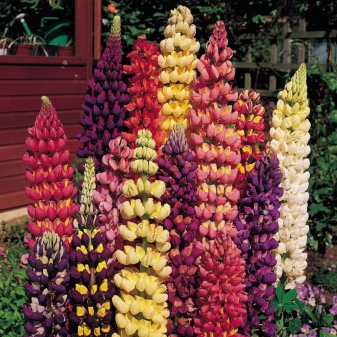
Perennial lupine
Wildlife culture is most commonly found in North America. The plant reaches a height of 120 centimeters. The green mass develops on petioles, the leaves are oval. At the end of the stem, a brush with blue flowers grows; in the flowering phase, the culture emits a pleasant aroma.

Lupine yellow
Variety with a large stem and a minimal amount of green mass, on which there is a short pubescence. The petioles of lupine are long, the leaves can contain from 5 to 10 deep lobes.
The whorled type inflorescence has yellow fragrant flowers.
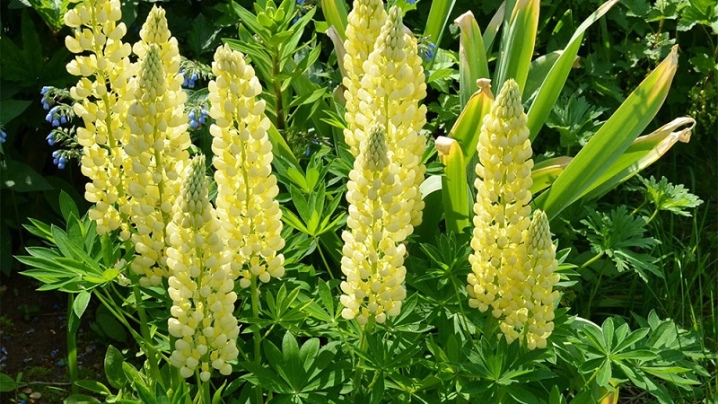
In addition to the above varieties and types, the following crops have found application in horticulture:
- lupine is changeable;
- small-leaved lupine;
- dwarf;
- nutkan;
- tree-like.
Among the hybrid plants, the following varieties are worth highlighting.
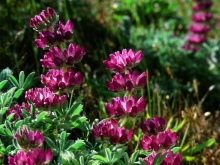


"Princess Juliana"
A small variety of lupine that usually grows up to a maximum of 100 centimeters in height. The length of the inflorescences varies between 30-40 centimeters. The plant blooms with pink-white flowers for about one month. Lupine enters the flowering phase in the middle of summer.
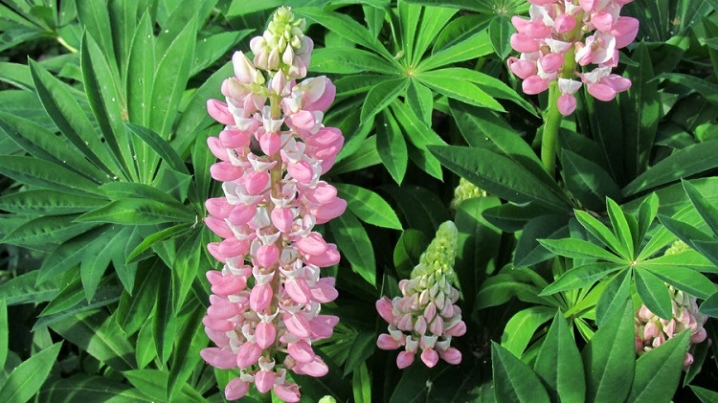
"Apricot"
The bush develops up to 80-90 centimeters in height, blooms with orange inflorescences, the length of which does not exceed 40 centimeters. Flowering begins in the second half of summer, usually lasts no more than 4 weeks.
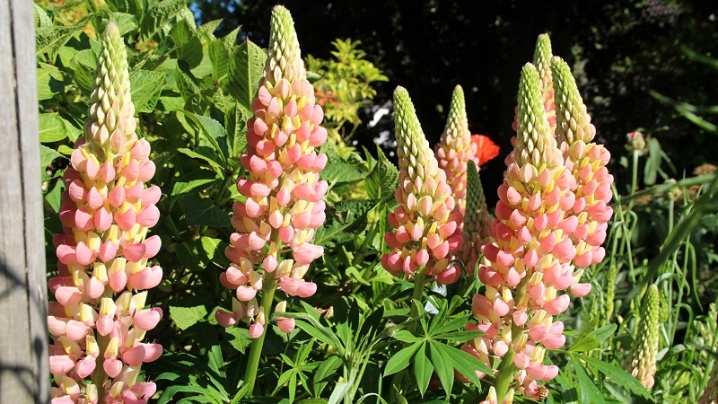
How to plant correctly?
When growing lupine, they most often resort to the seedling method at home. but it will also be possible to cultivate the plant if the seeds are sown directly in the garden... As a rule, such work is usually carried out with the arrival of spring - in April, after the snow cover has melted from the ground. For a plant in the fall, a site is usually pre-prepared. Sowing before winter is also practiced. To do this, choose a suitable day in October. The advantage of this method is the possibility of natural stratification of lupine seeds in the open field, which increases the percentage of their germination.
It is necessary to plant seeds in the ground, deepening them by no more than 2 centimeters. After that, according to the rules for planting a plant, the ground with planting material must be covered with a layer of mulch. Peat can be a suitable nutrient material.
As a rule, lupine shoots will appear in the garden in spring. The first flowering of plants will come closer to August.

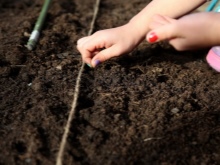

In order to grow a beautiful and healthy culture on the site, you should thoroughly approach the choice of the type of soil for lupine. The most suitable option would be loam with medium acidity. The place should be well lit.
Lupine seedlings are planted in the spring. For the plant, you need to choose comfortable boxes filled with turf soil mixed with peat and sand. The planting material is deepened into the ground by analogy with sowing seeds in the garden - by 2-3 centimeters. The first shoots usually appear after 1.5-2 weeks. Transplanting seedlings to a permanent place in the open field is carried out as 2-3 true leaves appear. In a garden for group planting, the distance between crops should be at least 15 centimeters.
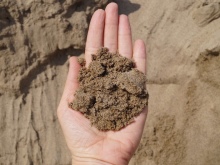
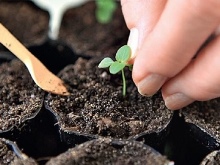
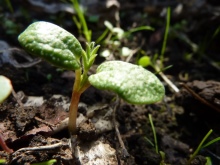
How to care?
In general, annual and perennial crops of this kind are distinguished by rather simple agricultural technology.
- For perennials, it is important that the soil in which they grow is as loose as possible, with good aeration. During the first summer, the site will need to be weeded regularly to remove weeds.
- Without exception, all plants will need systematic hilling. This is due to the peculiarities of the root collar, which gradually becomes exposed over time, which can lead to the isolation of individual side rosettes.
- After 5-6 years, the lupine must be dug up and disposed of. This is due to the age properties of the middle part of the culture, which is gradually degenerating and dying off. This will have an extremely negative effect on the appearance of the flower.
- For vigorous species and varieties in the open field, additional support will be required. Otherwise, strong gusts of wind and the severity of flowering inflorescences can lead to injury to the stems.
- There are also powerful guidelines to help you extend the flowering phase of lupines in your garden. If you cut off all the inflorescences that have faded or have already begun to fade at once, then in this way it will be possible to stimulate the culture to re-flowering.
- As for watering, these flowering plants are drought tolerant. Regular moistening is required only at the first stage of growing young seedlings, which contributes to the rapid adaptation of the culture in a new place. Adult lupins will need to be watered additionally in case of rare natural precipitation. Also, a cracked and dry top layer will indicate a lack of moisture in the soil.
- Fertilizers are recommended to be applied only from the second year. As a rule, such work is carried out in the spring months. To maintain health and abundant flowering, lupins should add complex mineral compositions in which nitrogen will be absent. One introduction of fertilizers per year will be enough for perennials.
- After flowering, the plants will also require attention from the gardener.Care during this period is reduced to collecting plant seeds, since in a ripe state they will fly out of the boxes, scattering in different directions throughout the garden, which for some plantings will be undesirable. Usually, lupines are cut at the time when they acquire a yellow color. Also in October, it is necessary to prune the peduncles and green mass of crops.
- In order for perennial lupins to overwinter in temperate climates, they do not need to be replanted.
After hilling with garden soil, the flowers are sprinkled with a thick layer of sawdust, which are removed with the arrival of heat.
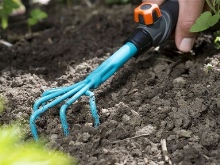

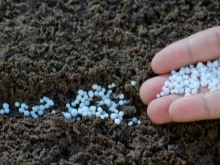
Reproduction methods
The only way to get a new crop is the seed method. An alternative to growing lupins from seeds is considered to be its independent reproduction in the open field, in which case it will not be possible to choose a place for flower growth on your own. The seed method involves the collection or purchase of planting material of the selected variety or species, followed by growing crops at home in a special container.
Culture propagates in the spring. The planting material is planted in a common container with nutrient soil, deepening the seeds by a few centimeters. The work on how to care and what to do next does not differ from the standard activities for growing seedlings. Containers must be kept at room temperature, before the emergence of shoots, the container can be covered with foil or glass. It is important to keep the soil moist and to avoid condensation on the covering material.
When the first two leaves appear, the culture must be transplanted to a permanent place in open ground, otherwise the lupins may have a curvature of the stem and root shaft.
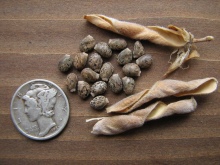
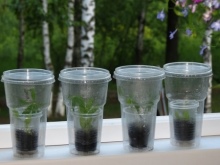
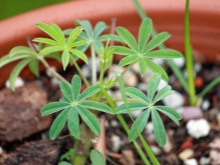
Diseases and pests
Lupins are distinguished by good immunity to many ailments, but some diseases can be especially dangerous for the plant. This concerns fusarium wiltingwhen the aerial part turns yellow, the flower can also be affected rust, mosaic, various types of rot and stains... In order to prevent flowering crops, they are sprayed with fungicides, and crop rotation on the site also deserves special attention. It will be possible to avoid the development of many diseases by planting lupins in places in the garden where cereals were previously grown.
Among the insect pests that pose a danger to lupins, it is worth highlighting aphids, red root weevil and growth fly larvae... For the destruction of insects on wild and hybrid species, it is recommended to promptly spray the plantings with insecticidal compositions.
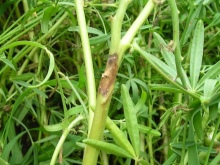
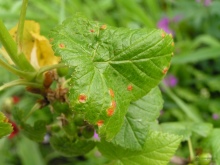
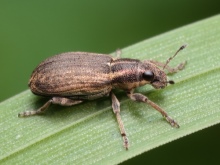
Use in landscape design
The structural features of lupins make them in demand when decorating flower beds and other compositions in the garden. Multi-colored candles-inflorescences of culture can decorate any site, front garden or flower bed in the park. As a rule, vigorous lupins are rooted as a central tier in flower beds, and they can also become the backdrop for evergreen crops that form a dense living carpet.
With the help of multi-colored lupines, rockeries are made out, they are planted in alpine hills, when creating landscape compositions using decorative stone sculptures. Also, plants become an ornament of border flower arrangements, they can be planted along buildings.
As suitable neighbors in the flowerbed for lupins, colorful hosts, phloxes, irises and lilies act.
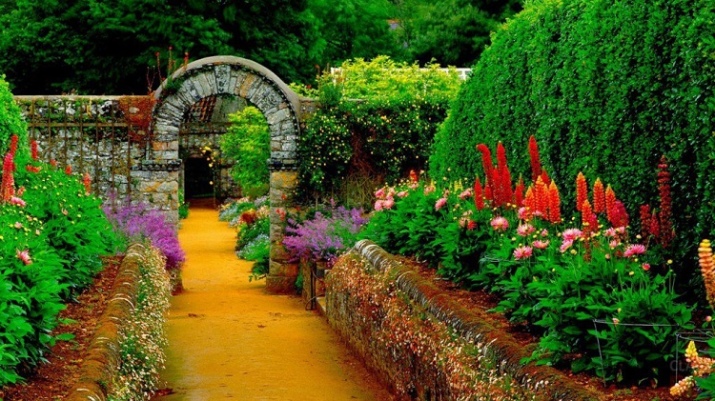


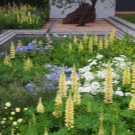


For information on how to properly grow lupines, see the next video.



































































































The comment was sent successfully.